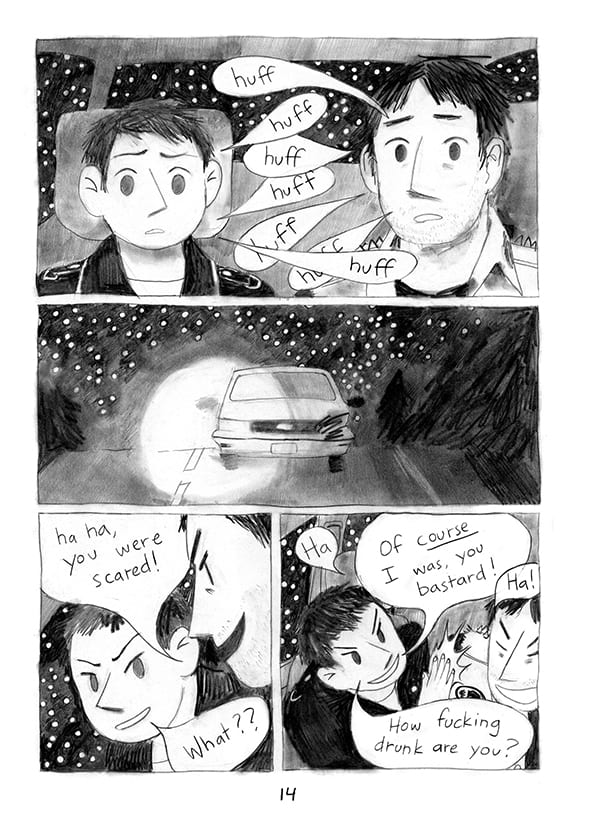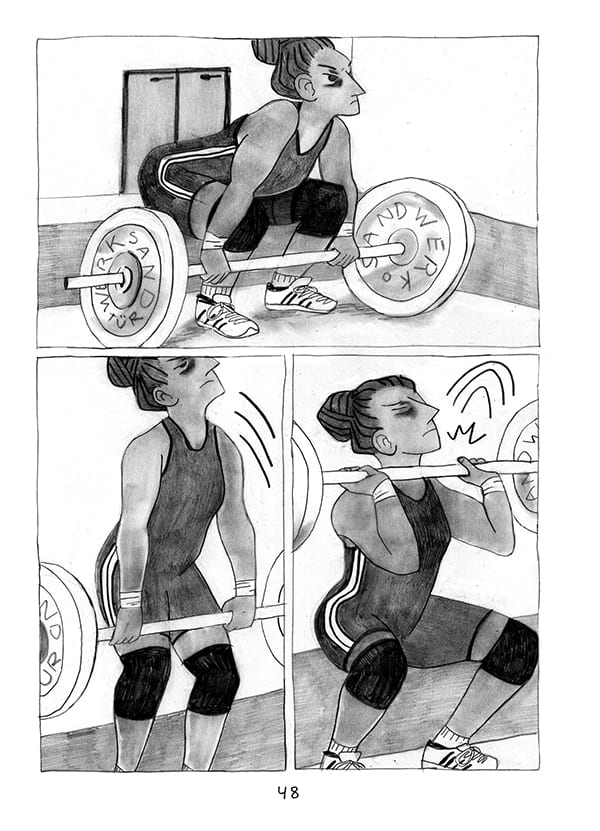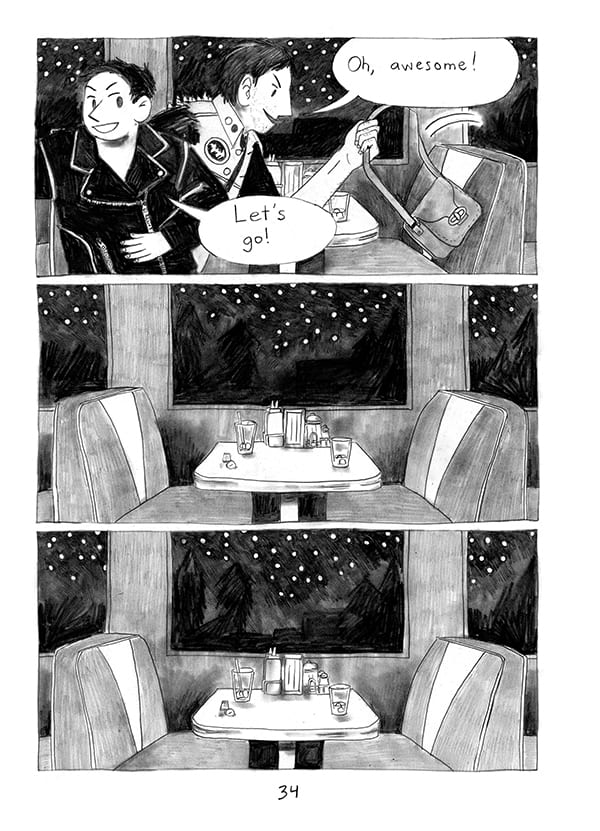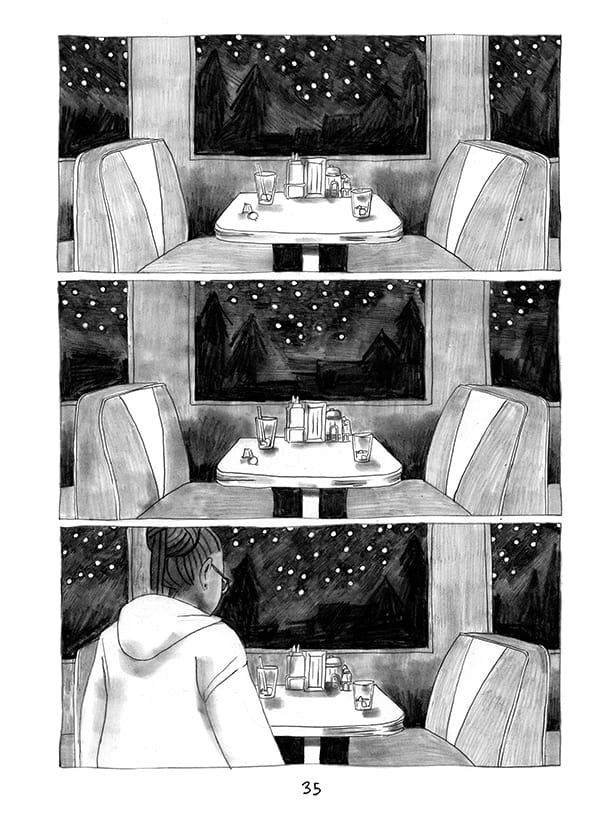If, as J.G. Ballard wrote in 1973, the car crash is a fertilizing rather than destructive event, the central car crash in Cathy G. Johnson’s Gorgeous yields fertile, if shaky, ground for an up-and-coming artist.
The heart of Gorgeous’s story is a collision between ideologies on the move. In the dead of night, two reckless young punks take off after ruining some band’s set and smash head-on into an oncoming college student’s car. As they offer their assistance, the lead punk’s worldview is laid out overtly in binary dialogue; you’re rich, I’m poor; you’re girly, I’m tough, etc. The real essence of the characters is revealed by the end of the night: the “anarchist” punks feign sincerity in playing at chaos but are ultimately selfish, pillaging. The college sophomore, Sophie, who at first appears green and uncertain, demonstrates herself to be a determined, even stoic young woman on her way to self-actualization. Her circumstances (which we connote by Johnson hitting three solid, albeit somewhat-clichéd, beats of budget trouble/scholarship/student athlete) present a real chaos that demand her focus and management, or else she will succumb to a failure that will set her back irreversibly. It’s here where the length of the story eventually hobbles Gorgeous; at 60 pages there is only so much character depth Johnson can plunge into, and while we spend almost equal time with Sophie as we do the punks, the punks do little more to function as dimensionless aggressors in the end when weighed against the student’s narrative.
Gorgeous itself is a gorgeously drawn comic; Johnson’s strengths lie in lush atmospheres and the sprightliness of the character’s faces, which carry tons of gesture despite their simplicity. As the tendency for younger cartoonists to eschew ink for pencil-only work grows, Johnson stands out by demonstrating an otherwise unparalleled skill in expressive lighting and texture, especially in the smoky and anxious woods that surround her highways. Her generous panels also allow for some deft experimentation in expression of time; one particular sequence, the strongest and most effective in Gorgeous, holds a diner table in wide focus for six pages, recalling the stillness of films by Chantal Akerman while still communicating panic and frustration.
Ultimately, it is these more deliberate, assured decisions by Johnson that firm up Gorgeous and allow for the storytelling to make an impact. While the word “gorgeous” seems to function as its own character, making appearances that range from banal to flattering to effusive in dialogue, Gorgeous itself does not quite seem to know what to make of the word’s meaning, although the last few pages hint at the beauty of internal life and true ambitions as the story ends. It’s a fine entry from Johnson, whose previous comics favored more dialogue reliance (Dear Amanda, 2014) or abstraction (Thank God, I Am in Love, 2015) to push her storytelling; and while it struggles to find its balance, Gorgeous marks a significant exploration in blending (and crashing) the internal and poetic with the outward and destructive.











